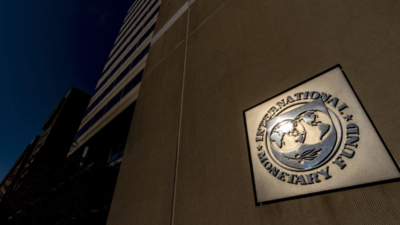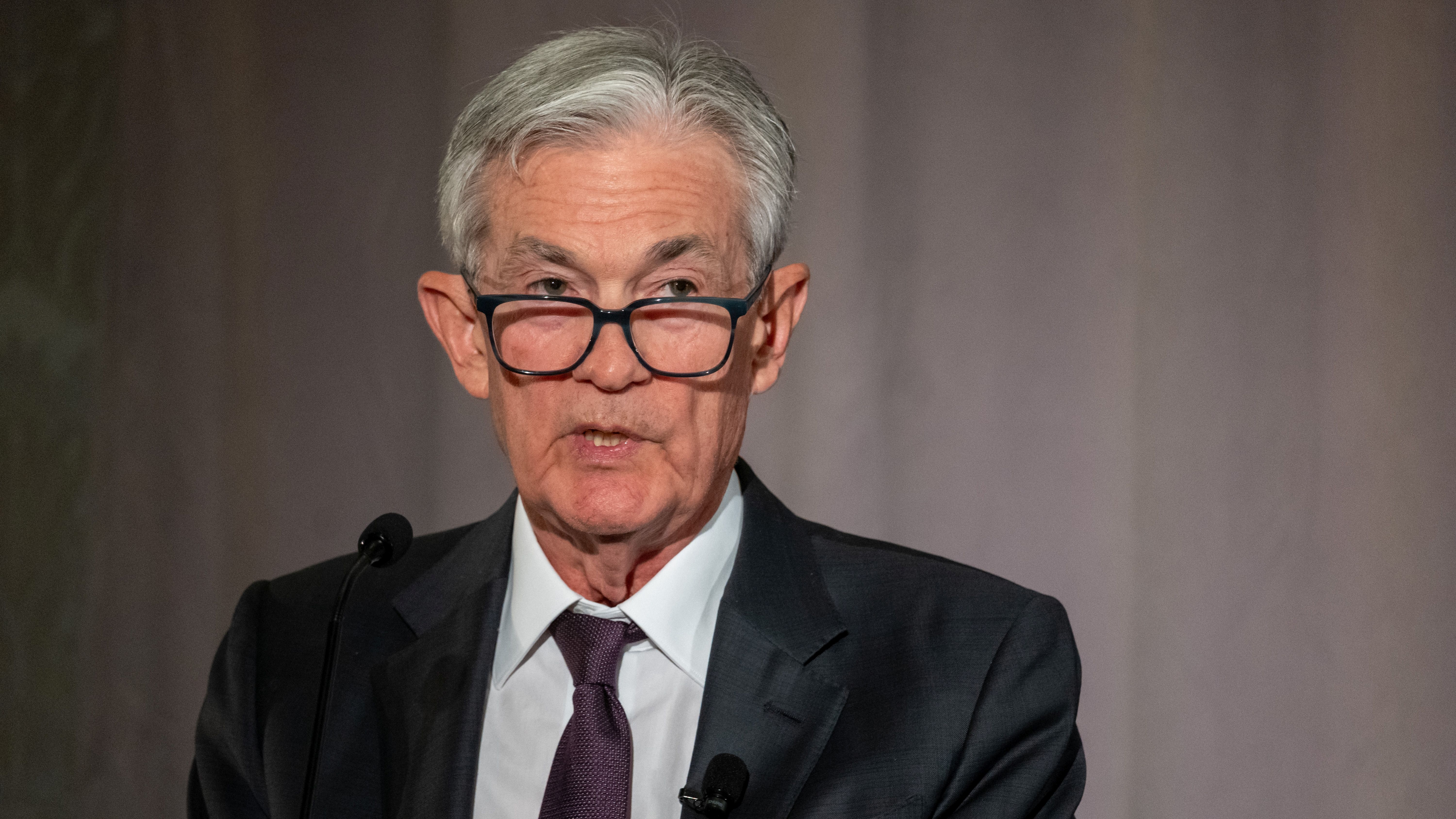US Inflation Drops to 2.4% Amid Tariff Uncertainty and Federal Reserve Dilemma

In a surprising turn of events, US inflation has decreased more than analysts anticipated, falling to 2.4% in March. This decline presents a challenging situation for the Federal Reserve, which must now navigate President Donald Trumps unexpected shifts regarding tariffs. The latest figures, released on Thursday by the Bureau of Labor Statistics, revealed that the annual consumer price index (CPI) has dipped below both the previous months inflation rate of 2.8% and the 2.5% forecast by economists surveyed by Bloomberg.
Furthermore, the report highlighted that annual core inflation, which excludes the volatile food and energy sectors, rose by 2.8%. This figure is also lower than Februarys reading of 3.1% and came in beneath the expectations set by economists, who had projected a 3% increase. These statistics suggest that inflationary pressures may be easing, giving the Federal Reserve more room to maneuver in its monetary policy decisions.
In the wake of this data release, stock futures experienced a modest uptick, while Treasury bond yields saw a decline. This reaction indicates investor optimism surrounding the potential for lower interest rates, which could stimulate economic growth in light of the inflation drop.
The Federal Reserve now finds itself at a crossroads. On one hand, there is the pressing need to consider rate cuts to avert a potential economic slowdown, an outcome that could be precipitated by President Trumps aggressive tariff policies aimed at US trading partners. On the other hand, the Fed must also weigh the possibility of holding interest rates steady to prevent a rebound in inflation.
Adding to the complexity of the situation, President Trump announced on Wednesday that he would implement a temporary halt to steep reciprocal tariffs on goods from US trading partners for a duration of 90 days. This announcement had an immediate positive impact on the stock market, with the S&P 500 index enjoying its most significant single-day gain since 2020.
However, not all countries benefited from the Presidents tariff pause. Notably, China was not granted a reprieve; instead, its tariffs were raised to an astonishing 125%. Meanwhile, the existing 10% tariffs imposed on a wide array of goods from multiple countries remain firmly in place. This situation underscores the ongoing volatility and unpredictability in international trade relations under the current administration.
As the economic landscape continues to evolve, analysts and policymakers alike will be closely monitoring these developments. The Fed's next steps will be crucial as they seek to balance the dual challenges of fostering economic growth while keeping inflation in check.
This story is still developing, and more updates are expected as the situation unfolds.























